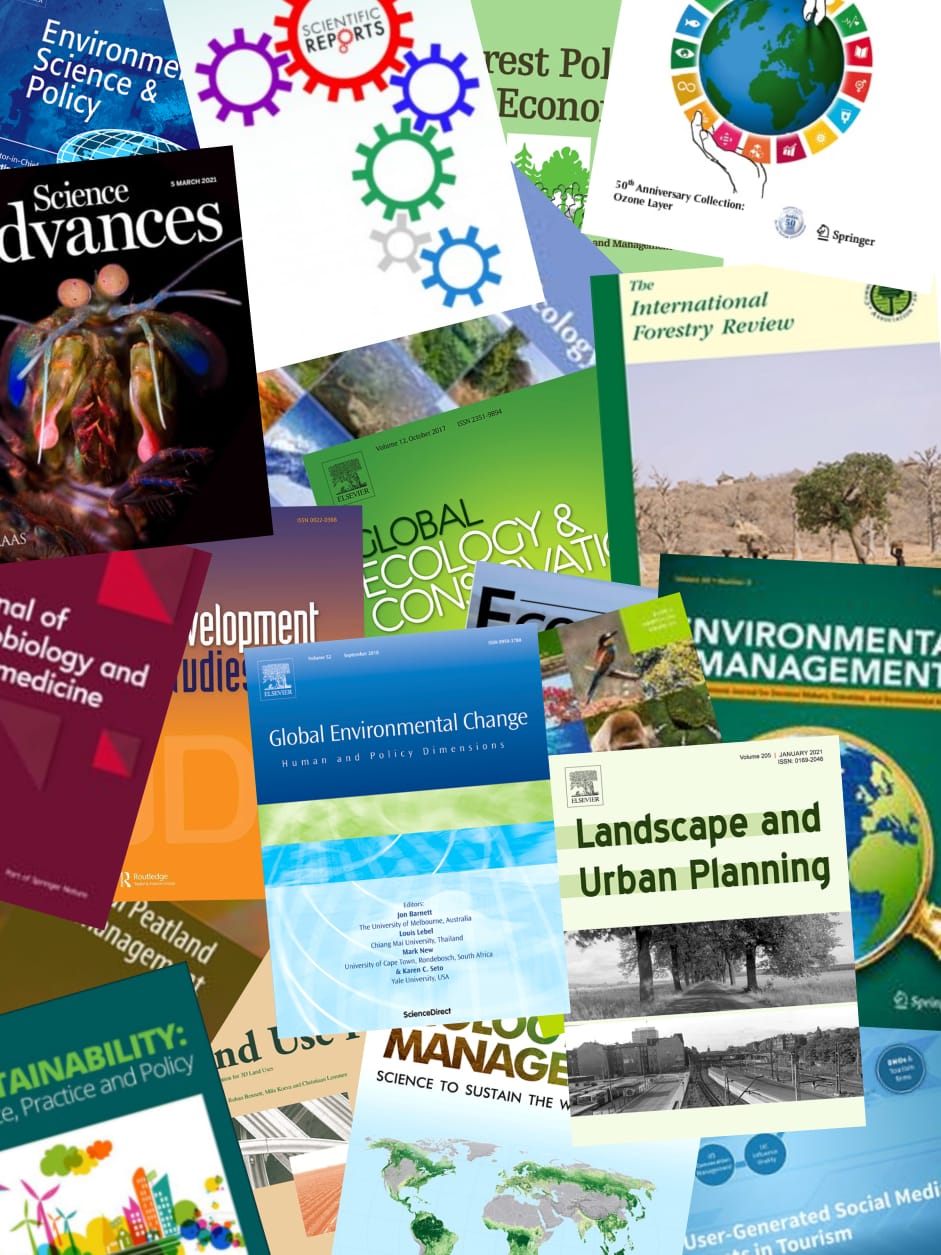Peat swamp forest is an important ecosystem in global climate change through its high carbon content and role as a carbon sink. In peat swamp forest, there is a near-closed cycle of nutrients including carbon. In order to better understand the rate of plant litter production and decomposition, a study was carried out in three secondary peat swamp forests in Central Kalimantan, Indonesia. Litterfall collection was undertaken using a litter trap with samples collected every month in the first year and every two months thereafter between June 2018 and June 2021. The rate of litter decomposition was assessed by measuring the reduction in dry weight of litter at 3, 6, 12 and 24 months. At each of three study sites, two sets of recently fallen litterfall were placed in 25cm x 25cm mesh bags on the peat soil surface to assess decomposition rates under aerobic conditions, and another two sets of litter were placed at a depth of 40 cm to assess decomposition rates under anaerobic conditions. Dry weight of fresh litterfall and decomposed litter samples was determined at 3, 6, 12 and 24 months, and total carbon content was analyzed using the loss of ignition method. The results showed that litterfall production in secondary peat swamp forests was about 9.52 ± 3.57 t ha-1 and it followed a seasonal pattern, with higher production in the dry season. The rate of litter decomposition was exponential and faster under aerobic conditions.
View source

